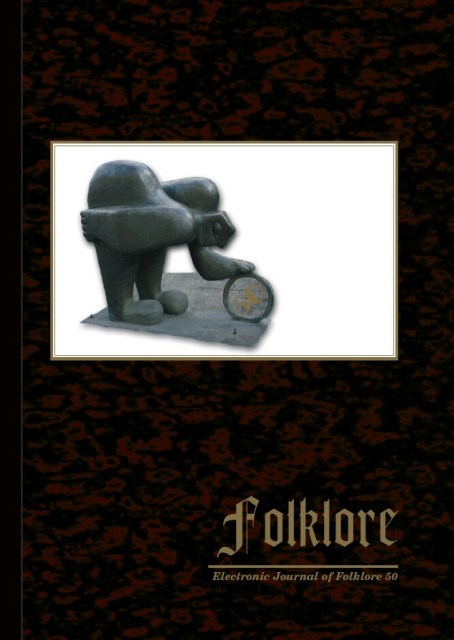Humour Theories and the Archetype of the Trickster in Folklore: An Analytical Psychology Point of View
Humour Theories and the Archetype of the Trickster in Folklore: An Analytical Psychology Point of View
Author(s): Ana StefanovaSubject(s): Customs / Folklore
Published by: Eesti Kirjandusmuuseum
Keywords: analytical psychology; archetype; folklore; Holy Grail of humour; humour; humour theories; incongruity; play; profane; relief; sacred; superiority; trickster
Summary/Abstract: Humour theories describe different parts of humour as a phenomenon, obtained on the personal and community level, so difficult to be explained. The analytical psychology of Carl Gustav Jung may help in the explanation of why the search for the “Holy Grail of Humour” is as if trying to catch a shadow. The archetype of the trickster in folklore may help us describe some common and different parts of the universal phenomenon of humour and the specific ethno-psychological traits. The paper presents an overview of basic humour theories, supported by analytical psychology comments, the archetype of the trickster in Bulgarian and Russian folklore, in the folklore of Native American tribes, Kalevala and Edda (Snorri Sturluson) with an attempt to explain how the traits of this “hero” provide a list of the components making something humorous for different people and what are the common traits that can be described as universal. This overview could help trace the humour phenomenon from the universal, through the community, to the individual level trying to find how important this is in searching for its characteristics.
Journal: Folklore: Electronic Journal of Folklore
- Issue Year: 2012
- Issue No: 50
- Page Range: 63-86
- Page Count: 24
- Language: English

